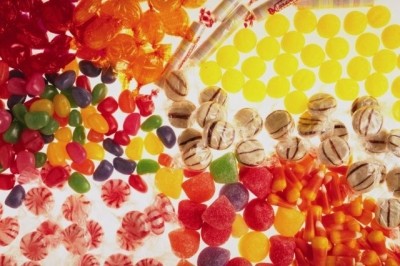EFSA revises downward ADI for synthetic blue colour

Patent Blue V is authorised for use in food products in the European Union but is not allowed in several other countries, including the United States, Canada, Australia, Japan and New Zealand, due to concerns that it may trigger allergic reactions. Until now, the ADI for the colouring has been 15 mg per kilogram of bodyweight.
EFSA has revised the ADI downward to 5 mg per kg of bodyweight – a level reached by applying an uncertainty factor of 100 to a study that found a no observed adverse effect level (NOAEL) of 500 mg / kg in mice.
The food safety body also reiterated its opinion that the colouring has no carcinogenic effect, and is not of concern with regard to genotoxicity.
However, it did find that infants and children with the highest consumption levels of Patent Blue-containing foods and drinks may consume more than the recommended ADI of 5 mg / kg of bodyweight at maximum permitted use levels. Coloured sugary drinks and baked goods were likely to be the biggest contributors to children’s consumption of Patent Blue, the EFSA panel found.
EFSA said that adults were not likely to consume more than 5 mg / kg of bodyweight a day, even for those with the highest consumption of products containing the colour at maximum use levels.
A recent study published in February’s Food and Chemical Toxicology journal suggested that the colouring may disrupt cell metabolism when entering the bloodstream, and raised particular concern over products like boiled sweets and lollipops, which may be held in the mouth for a long time.
However, the International Association of Colour Manufacturers (IACM) called the study ‘misleading’, as the amount of colour used in such products is very low.
The full EFSA scientific opinion is available online here.








